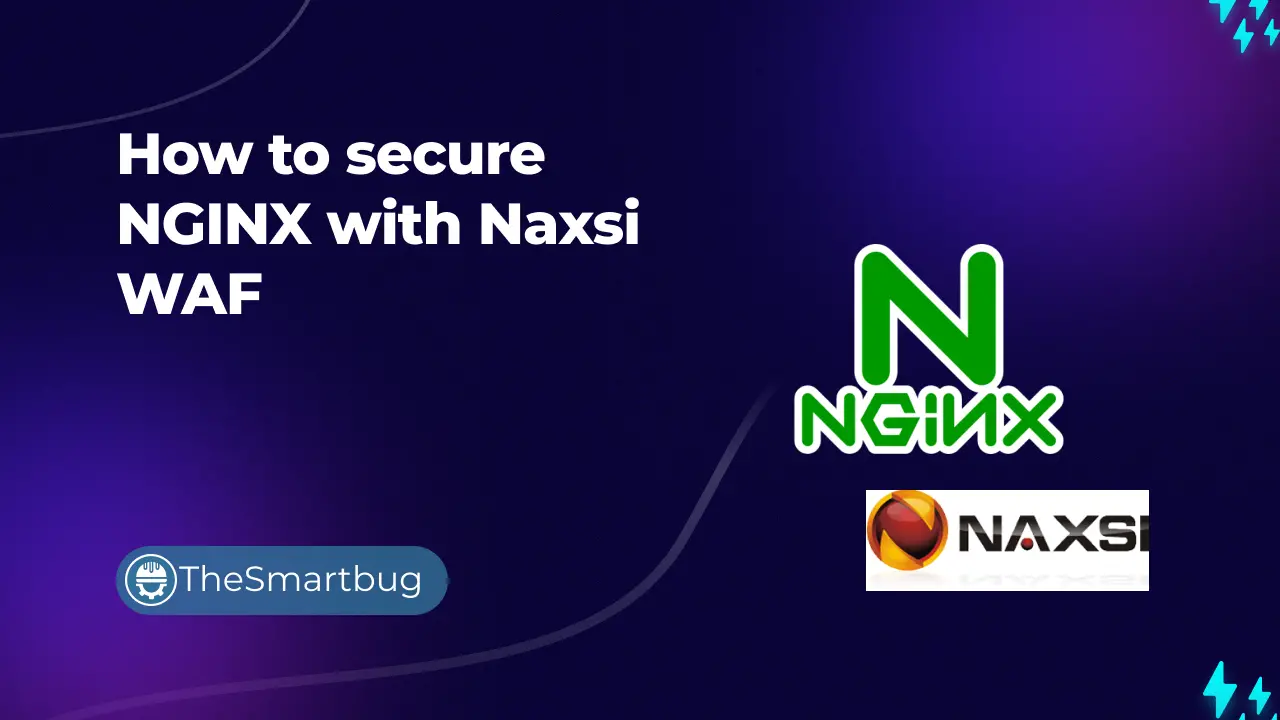Introduction
Every second, an invisible war unfolds at the edge of the internet. Before your web application ever gets a chance to respond to a user, it must survive the gauntlet of bots, scanners, malicious payloads, and curious intruders. In this hostile landscape, web servers like NGINX have become the silent gatekeepers. But by default, NGINX is just that—a gatekeeper, not a guard. It routes, balances, and caches. It does not judge.
Now imagine if your web server could think—if it could question requests, challenge intent, and respond with the caution of a seasoned security analyst. This is where Web Application Firewall (WAF) tools like Naxsi enter the picture: an intelligent WAF designed to sit within NGINX and transform it from a passive handler of traffic into an active defender of your application.
The original NAXSI project has been archived, but the project still continues to be maintained and has moved to a new home.
Orignal Naxsi
New Naxsi
This article isn’t just a technical walkthrough—it’s an invitation to rethink the role of your web server. We'll explore how to secure NGINX using Naxsi, not as a bolt-on afterthought, but as an integrated component of a modern security-first architecture.



